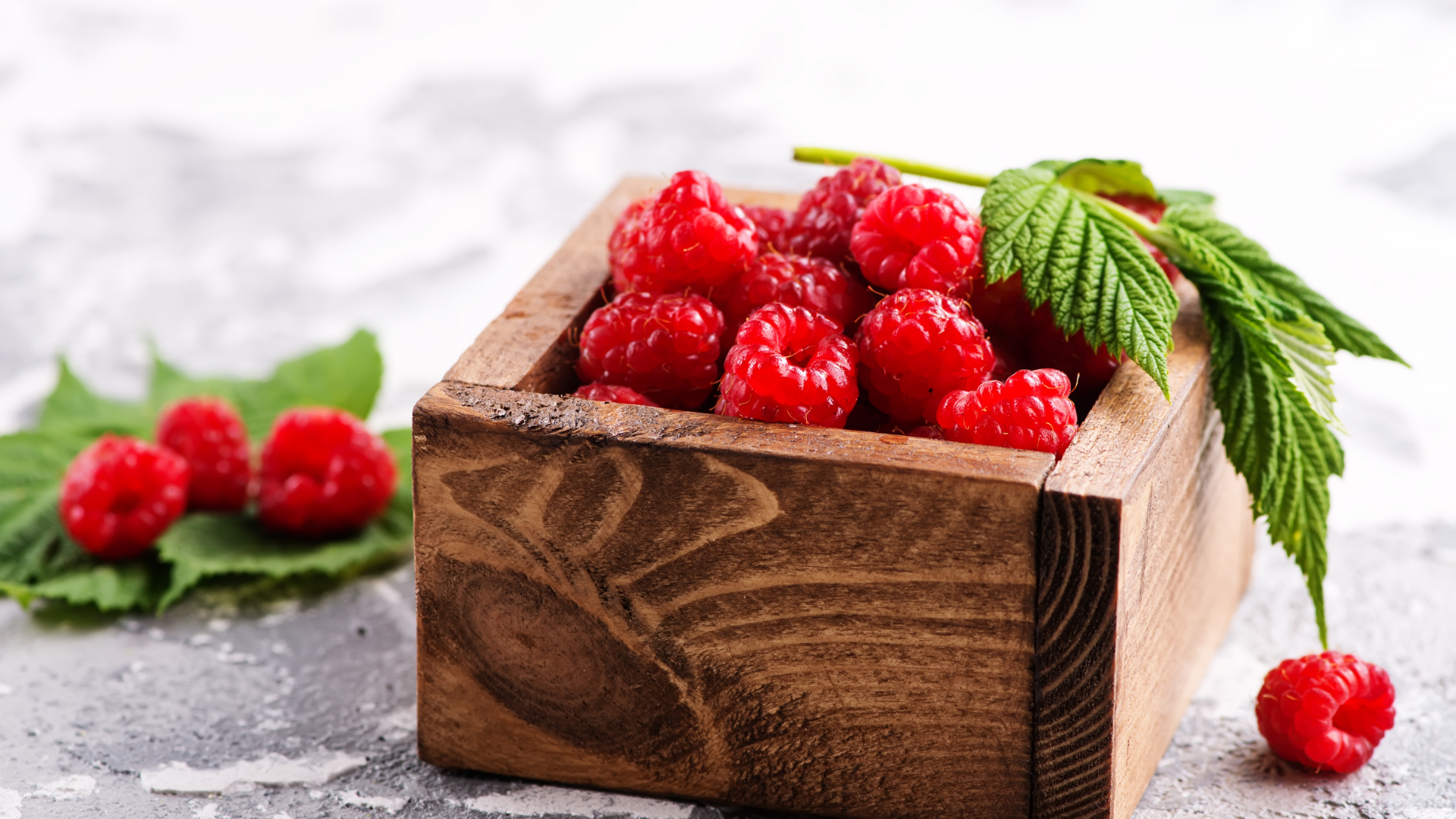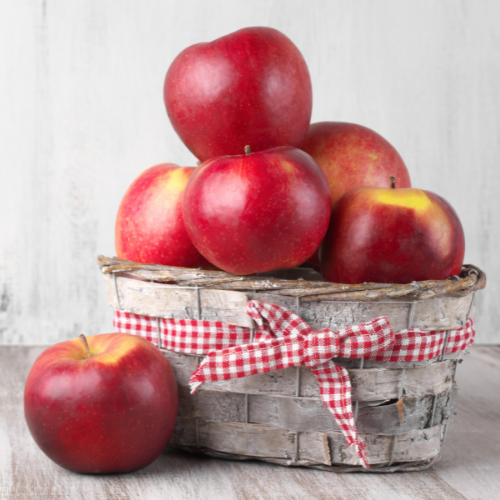
Flavonoid-rich foods alter the diversity and abundance of gut bacteria, subsequently lowering blood pressure, a new observational study reports.
In the study, participants with the highest intakes of berries, red wine, apples, and pears had lower blood pressure, increased gut bacteria diversity, and fewer harmful bacteria species associated with high blood pressure than those with the lowest intakes.
The study, “Microbial Diversity and Abundance of Parabacteroides Mediate the Associations Between Higher Intake of Flavonoid-Rich Foods and Lower Blood Pressure, was published in Hypertension.
Flavonoids are a group of antioxidant compounds found widely in fruits, vegetables, chocolate, and beverages, including tea and red wine, with many health benefits. They are categorised into six main groups based on their chemical structure: flavonols, flavones, flavanones, flavan-3-ols, anthocyanins, and flavonoid polymers. The body’s ability to absorb each flavonoid varies, and their biological effects differ.
Once eaten, flavonoids are broken down by gut bacteria into a range of beneficial compounds. Recent studies have found links between gut bacteria composition and cardiovascular disease (CVD) risk, with varied gut bacteria composition in people with and without CVD.
High blood pressure is a risk factor for CVD, and many studies show that diet influences CVD risk. Diet also significantly influences gut bacteria composition, but how dietary flavonoid intake impacts gut bacteria and blood pressure is unclear.
A team of researchers now sought to investigate the link between flavonoid-rich foods, gut bacteria composition and blood pressure. They also assessed the extent to which differences in gut bacteria composition explained the association between flavonoid-rich foods and blood pressure.
A total of 904 adults between the ages of 25 and 82 from Germany’s PopGen biobank were included. The participants’ food intake over the previous year was assessed with a validated food frequency questionnaire (FFQ). Flavonoid content values were assigned to each food in the FFQ using data from the US Department of Agriculture as the primary source. Participants also provided stool samples to allow the researchers to assess their gut microbiome compositions. Blood pressure levels were measured three times in three-minute intervals after an initial five-minute rest period.
The group comprised 57% men and 43% women with a mean daily flavonoid intake of 695 mg for men and 792 mg for women. Mean pulse pressure was 56.3 mmHg for men and 53.2 mmHg for women. Men had a mean blood of 142/85.8 mmHg, and women, 137/83.6 mmHg. A total of 36.2% and 36.3% of men and women, respectively, were using blood pressure medication.
Berries, apples, pears, peppers and red wine were the top flavonoid-contributing foods. And higher intakes of total flavonoids, especially anthocyanins and proanthocyanidins, were associated with significantly lower systolic blood pressure and pulse pressure.

After stratifying flavonoid intake by food group, the researchers found that berries and red wine were associated with significantly lower systolic blood pressure and pulse pressure, while higher intakes of apple or pears and peppers were associated with lower pulse pressure. The association between higher red wine intake and lower systolic blood pressure was more significant in women than men.
A diverse gut microbiome is associated with lower risks of cardiometabolic disease and a stronger immune system. In the study, higher intakes of berries and red wine were associated with a more diverse gut microbiome. And higher gut microbiome diversity was associated with lower systolic blood pressure.
Eating 1.6 portions of berries (128g or 1.6 cups) or drinking 250 ml of red wine daily were associated with 4.1 mm Hg and 3.7 mm Hg lower systolic blood pressure, respectively. And 11.6% of the association between berry intake and systolic blood pressure could be explained by participants’ gut microbiome diversity, while 15.2% of the association between red wine and systolic blood pressure could be explained by gut microbiome diversity.
“Our gut microbiome plays a key role in metabolising flavonoids to enhance their cardioprotective effects, and this study provides evidence to suggest these blood-pressure-lowering effects are achievable with simple changes to the daily diet,” Aedin Cassidy, PhD, lead investigator and chair and professor in nutrition and preventive medicine at the Institute for Global Food Security at Queen’s University in Belfast, Northern Ireland, said in a press release.
Parabacteroides is a bacteria species commonly found in people with high blood pressure. Indeed, people with a higher abundance of Parabacteriodes had significantly higher systolic blood pressure. However, higher intakes of apples or pears and berries were associated with a lower relative abundance of Parabacteroides. Furthermore, higher red wine intakes were associated with a higher abundance of two unclassified bacteria species, Ruminococcaceae and Oscillibacter.

Despite certain foods containing flavonoids belonging to the same subclass, their effects on participants’ gut microbiome composition are different.
“Our results showed that major food contributors to the same subclass can have differential associations with the microbiome. Berries and red wine, for example, were both significant contributors to intakes of the anthocyanin subclass but were found to be associated with different taxa (bacteria species). These foods have different anthocyanin profiles, with red wine typically rich in malvidin and berries in cyanidin,” the authors wrote.
Study limitations the researchers highlighted included unmeasured factors that may have caused bias, the use of self-reported dietary assessments, and an inability to assess the role of other antioxidant plant compounds, such as resveratrol, that could have contributed to observed associations between gut-microbiome diversity and blood pressure.
Still, the study provides evidence that dietary flavonoid intake impacts the diversity and composition of the gut microbiome and subsequently influences cardiovascular health.
“Future trials should look at participants according to metabolic profile in order to more accurately study the roles of metabolism and the gut microbiome in regulating the effects of flavonoids on blood pressure,” Cassidy said. “A better understanding of the highly individual variability of flavonoid metabolism could very well explain why some people have greater cardiovascular protection benefits from flavonoid-rich foods than others,” he added.

